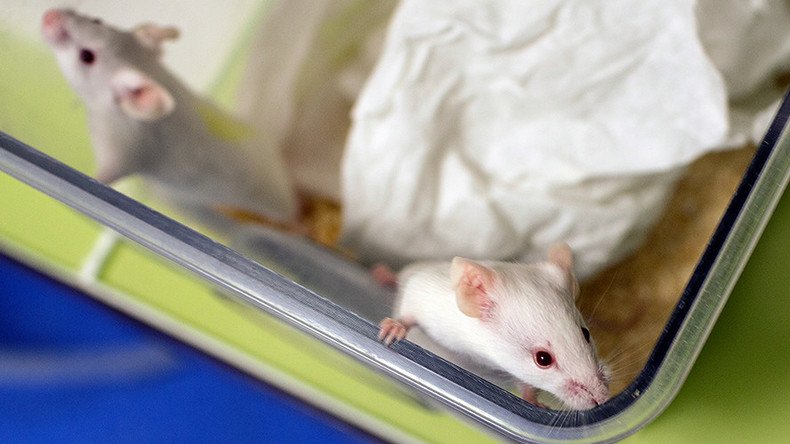Early bird or night owl: Sleep patterns depend on how eyes process light

Whether an animal is active during the day and sleeps at night (diurnal) or the opposite (nocturnal) depends on how its eyes process light to send signals to its brain, a new study has found. Humans’ sleep/wake modes could be dependent on the same switch.
Researchers at the University of California, Irvine (UC Irvine or UCI) studied how diurnal monkeys and nocturnal mice processed light through their eyes. They found that, although light is processed in similar ways, the signals that are then sent to the brain take different paths to get there and produce completely opposite sleep/awake patterns.
Qun-Yong Zhou, UCI professor of pharmacology and the study’s lead author, and his team discovered that the sleep/awake switch in the eyes exists in the intrinsically photosensitive retinal ganglion cells (ipRGC), not in a brain region called the suprachiasmatic nucleus (SCN), where scientists previously thought the body’s master clock resided.
In mice, the ipRGC and the SCN acted similarly to each other, allowing either part to serve the body’s internal clock. They are interconnected via a pathway. However, the researchers found that the ipRGC appeared more dominant for the moneys they studied, and it overrode the ipRGC-SCN pathway by forcing a pitstop at a midbrain structure called the superior colliculus, which tells the animal to stay awake during the day. Think of it like a monkey getting a cup of coffee during a road trip, while the mouse can drive at night without making that stop.
“Considering the long-held view of SCN as the master clock for our circadian rhythms, the idea that the eyes – or particularly ipRGC – are the commander in chief is somewhat surprising,” Zhou said in a statement. “But it makes logical sense, as diurnal mammals are visually driven. The eyes not only guide us around during our wakefulness time, but they also dictate when we go to sleep.”
This discovery means that the eyes have a far more important role in the circadian rhythm of diurnal animals than previously believed.
“Since humans are diurnal, this has clear implications for potential novel treatment of certain sleep or mood disorders,” Zhou said.
The professor thinks that his team’s discovery makes evolutionary sense as well.
“Early mammals, during the dinosaur age, are believed to have been nocturnal, and diurnal species came later,” Zhou said. “It is completely logical that this diurnality co-evolved with the vision dominance of diurnal mammals via the expansion of the wake-promoting ipRGC-superior colliculus pathway and the simultaneous diminishment of the sleep-promoting ipRGC-SCN pathway.”
“Thus, light puts mice to sleep, but it wakes up monkeys and other diurnal mammals,” he added.
The study was published online in the journal Molecular Brain.
‘Global sleep crisis’ being caused by social pressures – scientists https://t.co/Bx0lMIW7Wqpic.twitter.com/AY6jKRJd8r
— RT (@RT_com) May 7, 2016













